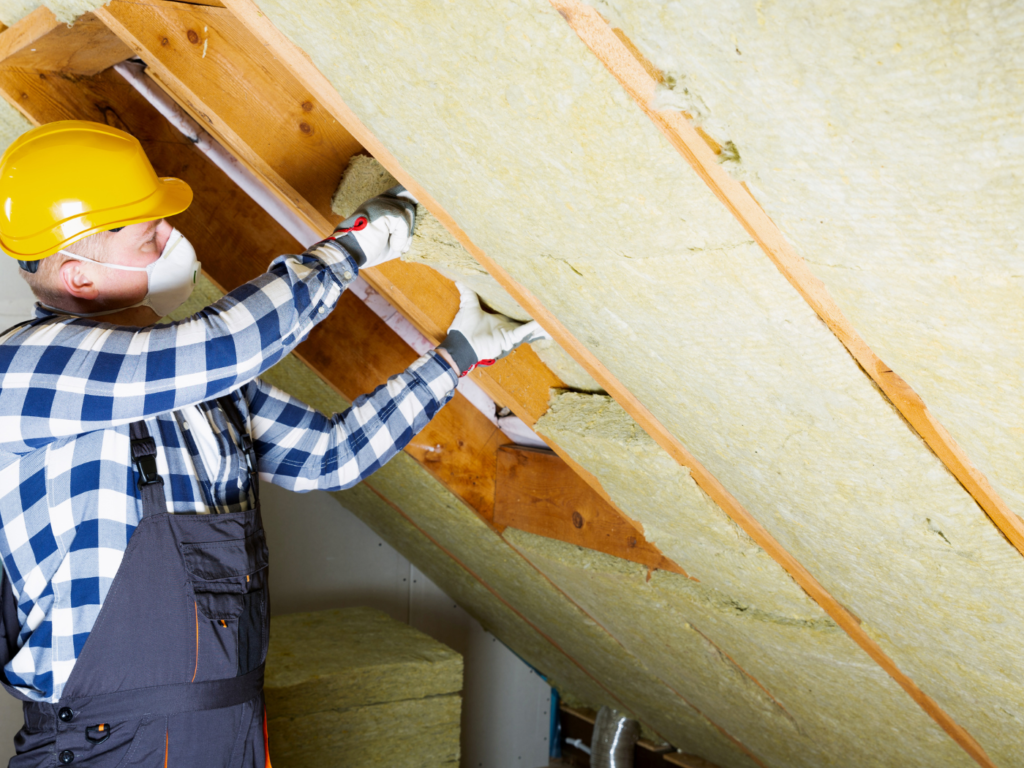
If your home has an attic or loft space that has been converted into a living area, ensuring proper insulation is crucial for energy efficiency and comfort. Room in roof insulation is a highly effective way to prevent heat loss, reduce energy bills, and create a more sustainable home. In this guide, we’ll explore the benefits, installation process, and why it’s a great investment for RetroHousing properties.
Why Room in Roof Insulation Matters
Uninsulated roof spaces can be a major source of heat loss, making your home harder to keep warm in winter and cooler in summer. Proper insulation can:
Reduce heat loss by up to 25%
Lower energy bills by improving thermal efficiency
Enhance home comfort by regulating indoor temperatures
Reduce carbon footprint by lowering energy consumption
Increase property value by making homes more energy-efficient
Types of Room in Roof Insulation
There are several insulation methods available, depending on the structure and existing insulation of your home.
1. Insulated Plasterboard
This involves attaching insulated plasterboard to the internal walls and ceiling of the roof space. It provides excellent thermal performance without taking up too much space.
2. Between-Rafter Insulation
This method involves placing rigid or semi-rigid insulation boards between the roof rafters, ensuring a snug fit for maximum efficiency.
3. Under-Rafter Insulation
Adding insulation beneath the rafters helps to improve thermal performance while still allowing for ventilation and airflow within the roof structure.
4. Loft Blanket Insulation
For homes with accessible loft spaces, laying a thick layer of insulation material like mineral wool can help trap heat and reduce heat loss.
Installation Process
Assessment: A professional survey is conducted to determine the best insulation method for your roof space.
Preparation: Existing finishes may be removed to allow access to the roof structure.
Insulation Fitting: The chosen insulation material is installed between or under rafters, or using insulated plasterboard.
Finishing Touches: The insulation is covered with plasterboard and finished with paint or wallpaper.
Final Inspection: A check ensures that all insulation is properly fitted and performing optimally.
Cost and Funding Options
The cost of room in roof insulation depends on the size of your space and the method used. However, homeowners may be eligible for government grants or energy efficiency schemes, such as the UK’s ECO scheme, which can help reduce upfront costs.
